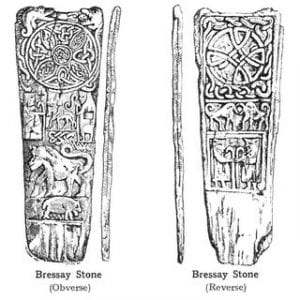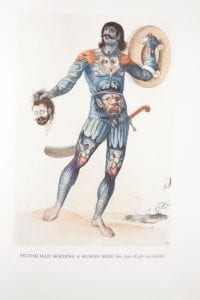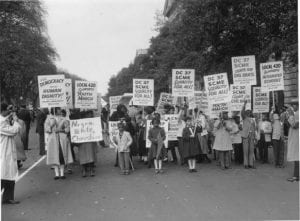The intention for my project is to discuss the writings of former black slaves in Britain towards the end of the 18th Century.
- Edwards, Paul and Dabydeen, David. ‘Black Writers in Britain 1760-1890.’ Edinburgh: Edinburgh University Press, 1991.
This source was accessed through JSTOR. It was found through searching for the writings of black slaves during the 18th century. The source highlights the significant amount of literature produced by former slaves throughout the 18th and 19th Centuries. Focussing on authors such as Ignatius Sancho, Ottobah Cugoano/John Stuart and Olaudah Equiano/Gustavus Vassa. This article is useful as it provides vast accounts of the literature produced by former slaves and their experiences within Britain and the slave trade as a whole.
2.Hanyley, Ryan. ’Beyond slavery and abolition: Black British writing, c.1770-1830.’ London: Cambridge University Press, 2018.
This source highlights the most recognisable authors of the century whilst bringing to light the lesser-known authors of the time. Hanley discusses the impact of black literature on politics, culture and the arts. This article is useful for my project as it has brought to light some of the lesser known authors of the century and in order to aid me in discussing the wider impact of the writing of former slaves on British society.
3.Equiano, Olaudah. ‘The Interesting Narrative of the Life of Olaudah Equiano, or Gustavus Vassa the African, written by himself.’ 1789.
Olaudah Equiano is probably the best known author of the century for his literature and abolitionist work. Equiano’s bibliography is also one of the first known published writings by an African writer to be widely read in England. Through his bibliography, his experiences of slavery and his life after are discussed with great detail. This source is of significant use as it contains first hand accounts of the slave trade and comes from a widely trusted source, although he does have some critics. This source will be used to highlight the experiences of black slaves in Britain during and after the slave trade through the writings of Equiano.
4.Fryer, Peter. ‘Staying power: the history of black people in Britain.’ London: Pluto Press, 2018.
Peter Fryer’s book shall be used to provide extensive background research, with major reference to chapter 5, ‘Eighteenth Century Voices’. This chapter provides vast accounts of the major authors of the century and their experiences of their life in Britain, such as Ukawsaw Groniosaw and Phillis Wheatley. This source shall be useful to my project as it will be used extensively to provide great detail on the lives of the black authors of the century.
Rhys McGowan


